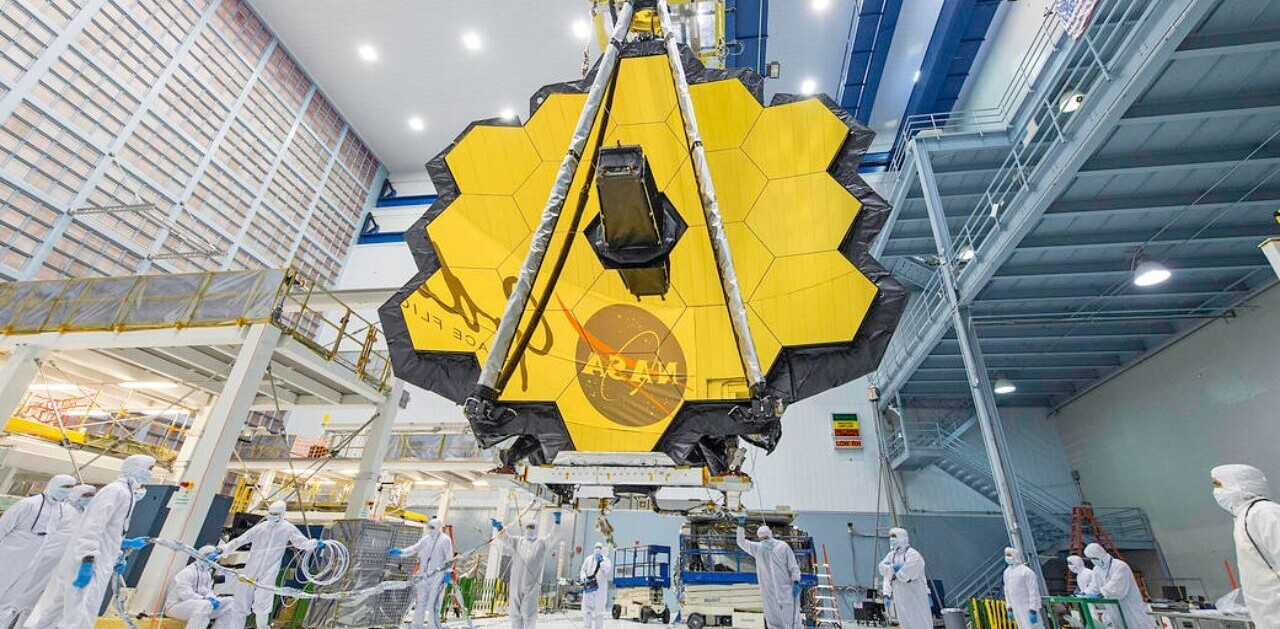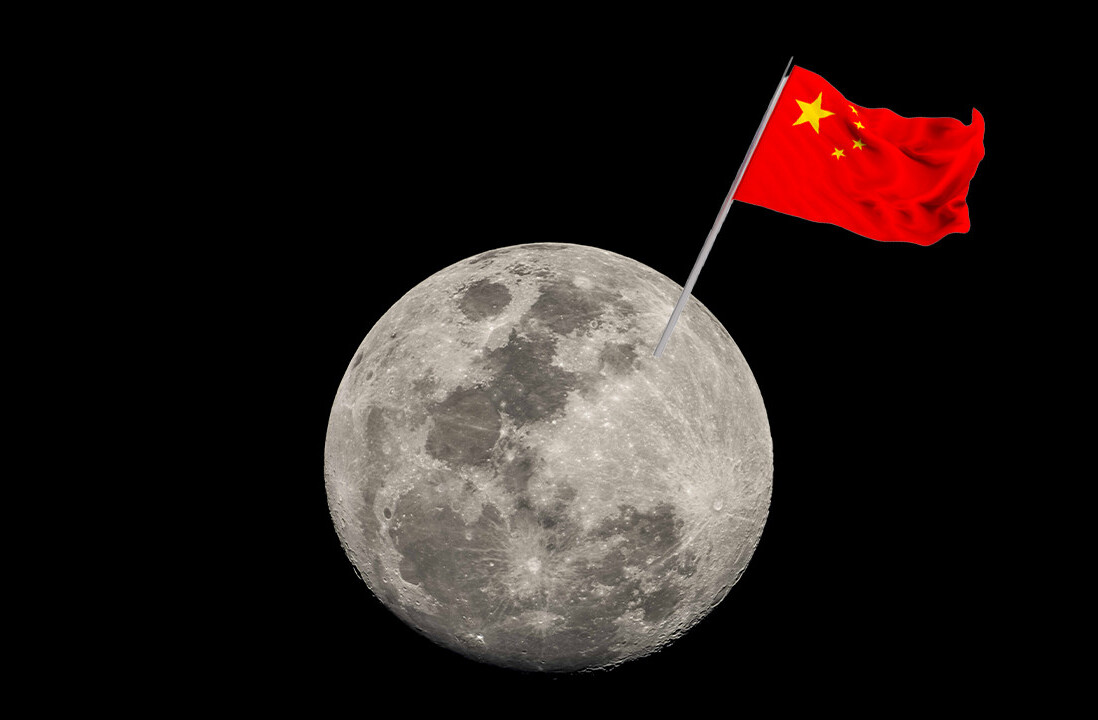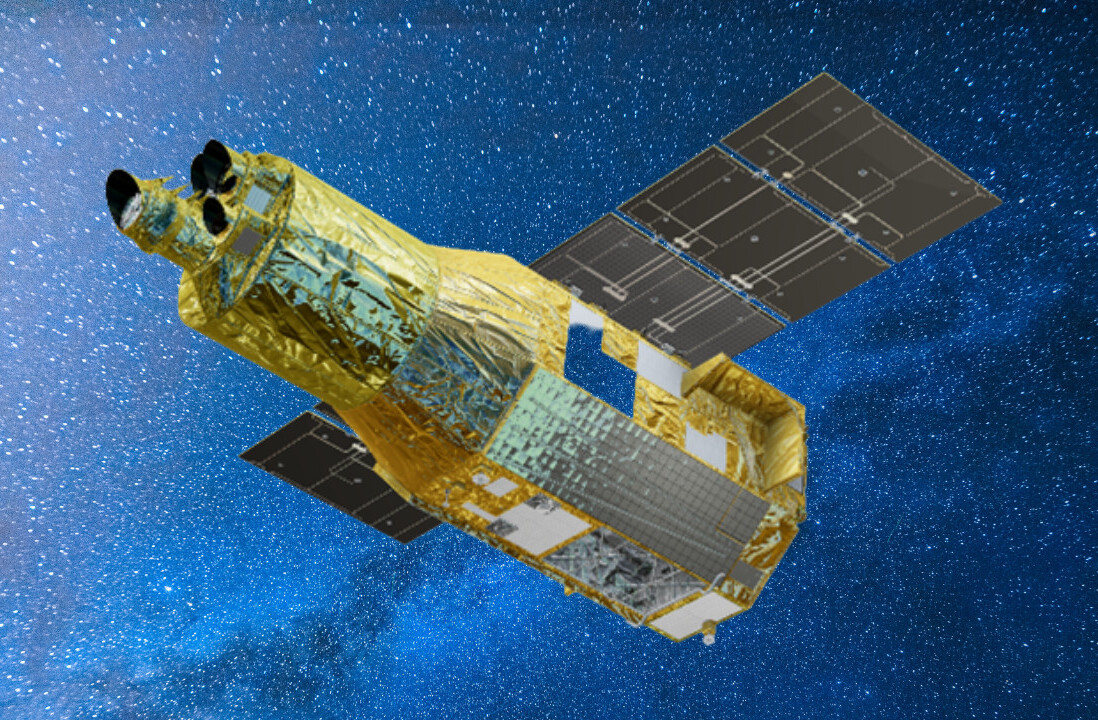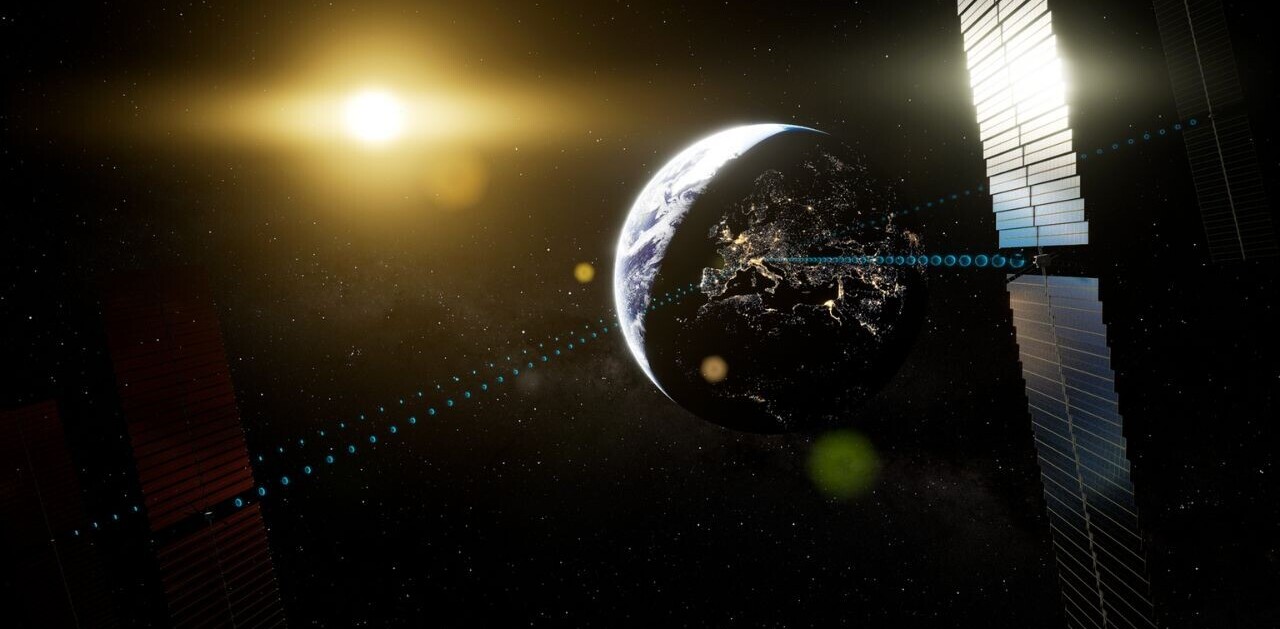
In a historic milestone, a spacecraft has “touched” the sun for the first time.
The NASA probe hasn’t hit the giant star’s surface, but it has entered the mysterious solar atmosphere — known as the corona.
The Parker Solar Probe achieved the feat in April, but scientists have only now confirmed it.
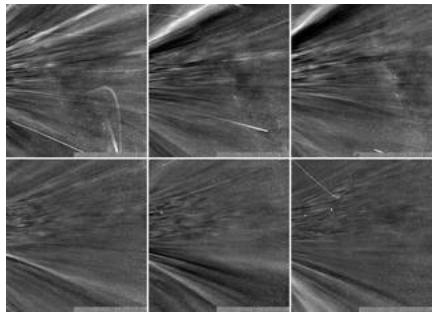
NASA first proposed sending a spacecraft to the sun in 1958, but has only recently had the tech to bring the plans to reality.
A big challenge was building a probe that could survive the 3 million degrees Fahrenheit heat of the corona. This was made possible by advances in thermal engineering, which helped scientists protect Parker behind an 11.43 cm-thick carbon-composite shield.
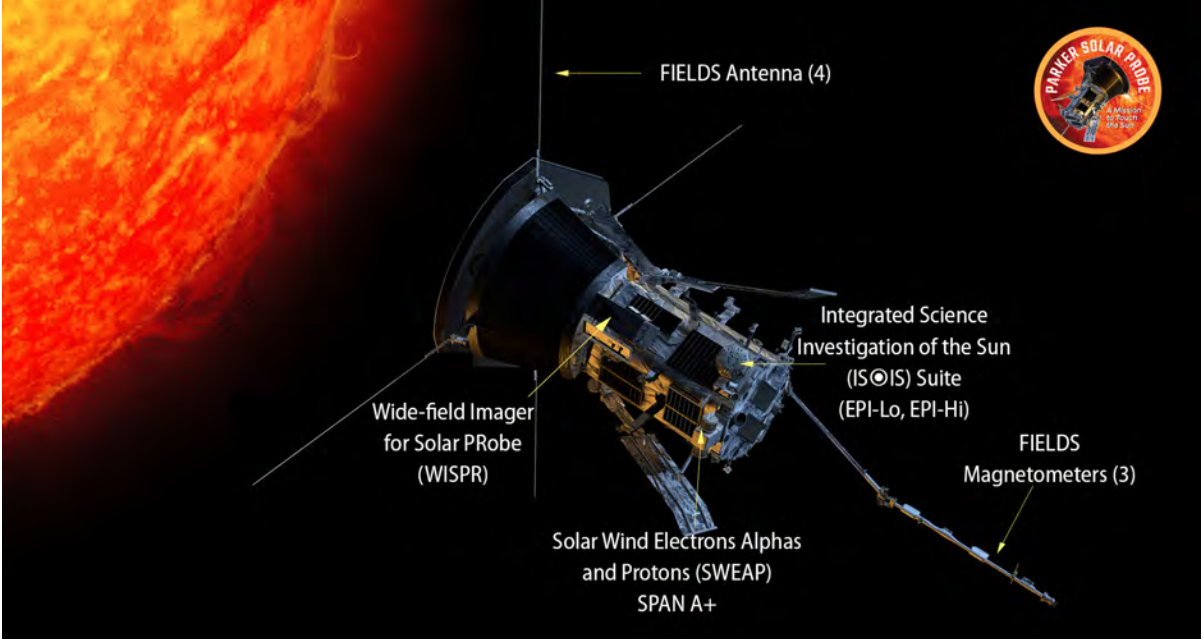
The crossing is a triumph of innovation, but the probe wasn’t launched to show off NASA’s tech. The spacecraft is searching for secrets about the sun, our solar system, and the entire universe.
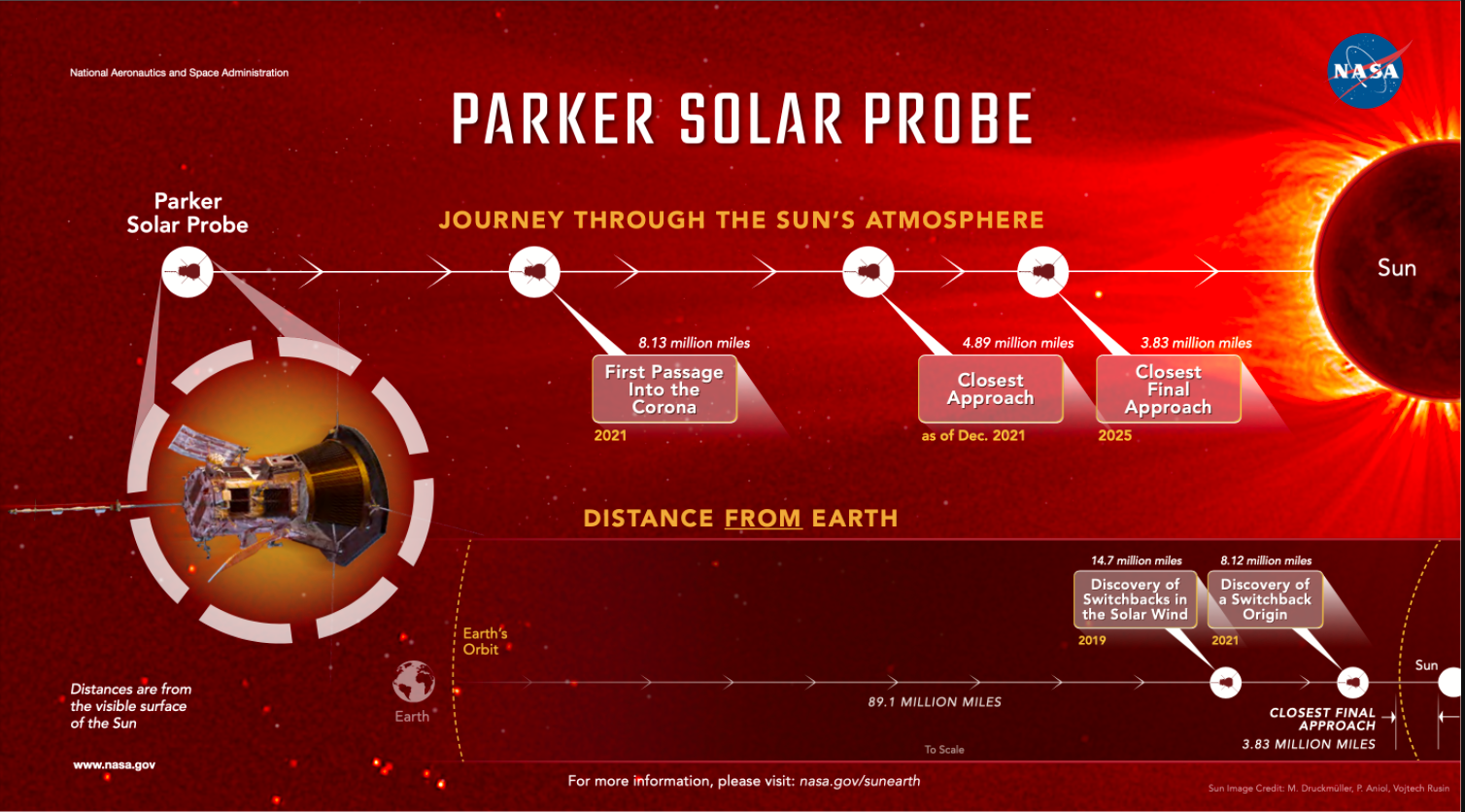
The Parker Solar Probe was designed to transform our understanding of the sun.
The mission launched in 2018 and is expected to last seven years, during which the spacecraft will complete 24 orbits around the sun. As it braves brutal heat and radiation to venture closer to the star, NASA expects to unearth a stream of new insights:
- The closest-ever observations of a star.
- Information about solar wind, which could help spacecraft and astronauts survive future missions. Disturbances in the solar wind also shake Earth’s magnetic field and pump energy into the radiation belts.
- Data about solar eruptions, which accelerate particles to energies that can be hazardous for astronauts and tech in space.
- Facts about space weather, which can affect satellites and astronauts.
- Observations from directly inside the corona, which will help scientists understand why the sun’s atmosphere is hundreds of times hotter than its surface.
The most intriguing insights, however, may be unforeseen.
Our sun is the only star that we can study up close. Parker’s observations of the orb could shed light on stars throughout the universe. It may not discover aliens, but it could offer clues about life beyond our solar system.
Get the TNW newsletter
Get the most important tech news in your inbox each week.

